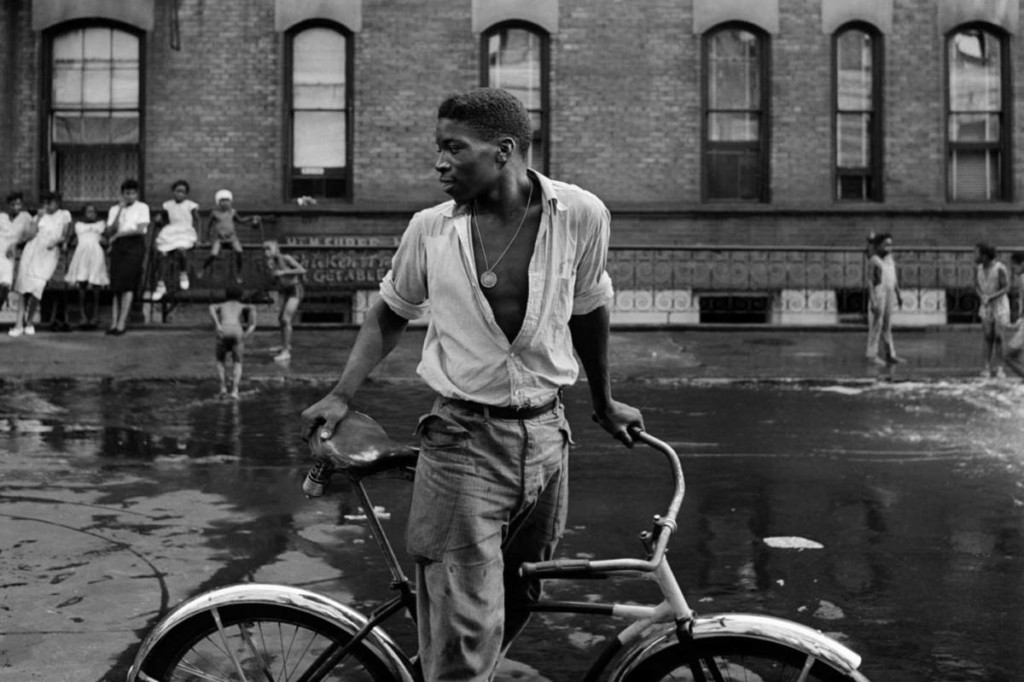Little Known Facts About Framing Streets.
Table of ContentsFraming Streets for BeginnersA Biased View of Framing StreetsNot known Facts About Framing StreetsThe Only Guide to Framing StreetsThe Framing Streets PDFsFraming Streets Can Be Fun For Anyone
Photography genre "Crufts Dog Program 1968" by Tony Ray-Jones Road photography (also in some cases called candid photography) is digital photography performed for art or questions that features unmediated chance experiences and random occurrences within public places, generally with the purpose of recording pictures at a decisive or emotional moment by careful framing and timing. 
9 Simple Techniques For Framing Streets
Susan Sontag, 1977 Street digital photography can concentrate on people and their habits in public. In this regard, the street photographer resembles social docudrama professional photographers or photojournalists who additionally operate in public areas, yet with the objective of recording newsworthy occasions. Any one of these professional photographers' photos might capture individuals and home noticeable within or from public areas, which typically requires browsing honest concerns and laws of privacy, security, and residential or commercial property.
Representations of day-to-day public life create a category in nearly every period of world art, beginning in the pre-historic, Sumerian, Egyptian and early Buddhist art periods. Art handling the life of the street, whether within views of cityscapes, or as the leading concept, shows up in the West in the canon of the North Renaissance, Baroque, Rococo, of Romanticism, Realism, Impressionism and Post-Impressionism.
Framing Streets Can Be Fun For Anyone
Louis Daguerre: "Boulevard du Holy place" (1838 or 1839) In 1838 or 1839 the first photograph of numbers in the street was recorded by Louis-Jacques-Mand Daguerre in one of a pair of daguerreotype sights taken from his workshop window of the Boulevard du Temple in Paris. The 2nd, made at the height of the day, reveals an unpopulated stretch of road, while the other was taken at concerning 8:00 am, and as Beaumont Newhall reports, "The Blvd, so regularly loaded with a moving crowd of pedestrians and carriages was perfectly singular, other than an individual that was having his boots combed.
, who was inspired to carry out a similar paperwork of New York City. As the city established, Atget aided to advertise Parisian roads as a worthwhile topic for photography.

An Unbiased View of Framing Streets
In between 1946 and 1957 Le Groupe des XV annually displayed job of this kind. Andre Kertesz. Circus, Budapest, 19 May 1920 Street photography developed the significant content of two events at the Museum of Modern Art (Mo, MA) in New York curated by Edward Steichen, Five French Professional Photographers: Brassai; Cartier-Bresson, Doisneau, Ronis, Izis in 1951 to 1952, and Post-war European Digital Photography in 1953, which exported the principle of street photography globally.

The 7-Minute Rule for Framing Streets
The recording device was 'a surprise camera', a 35 mm Contax hidden beneath his layer, that was 'strapped to the chest and linked to a long cable strung down the best sleeve'. Nevertheless, his job had little modern influence as as a result of Evans' sensitivities about the originality of his project and the privacy of his subjects, it was not published up until 1966, in the publication Lots of Are Called, with an intro created by James Agee in 1940.
Helen Levitt, then an instructor of young youngsters, associated with Evans in 193839. She documented the temporal chalk drawings - Best Zoom Lens that belonged to kids's street culture in New York at the time, along with the youngsters that made them. In July 1939, Mo, MA's new photography area consisted of Levitt's work in its inaugural eventRobert Frank's 1958 publication,, was significant; raw and often indistinct, Frank's photos questioned mainstream digital photography of the time, "challenged all the official regulations set by Henri Cartier-Bresson and Walker Evans" and "flew in the face of the wholesome pictorialism and heartfelt photojournalism of American magazines like LIFE and Time".